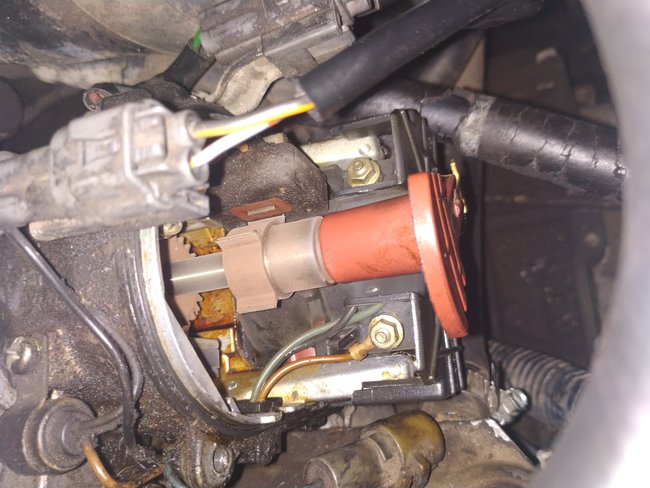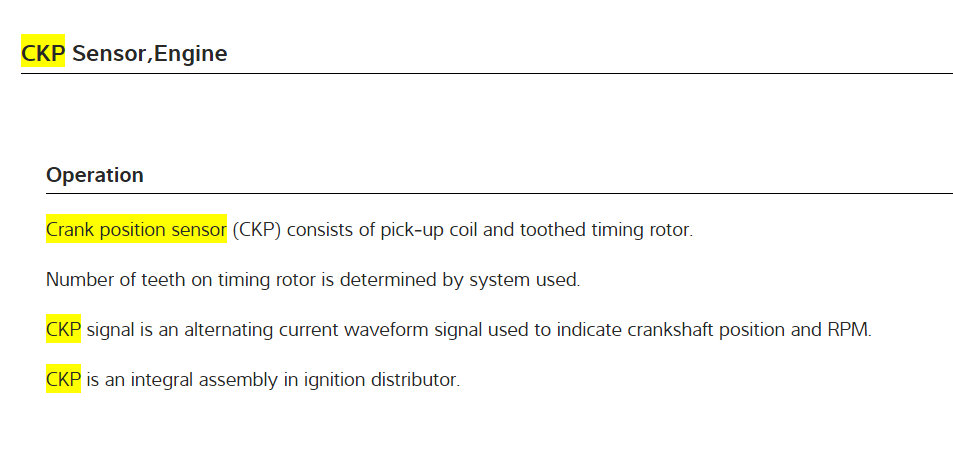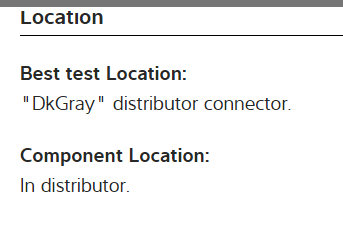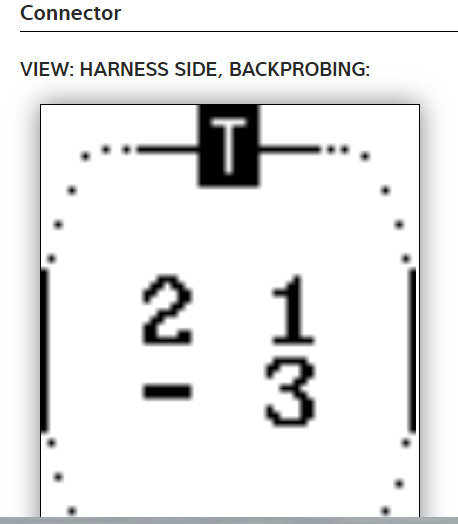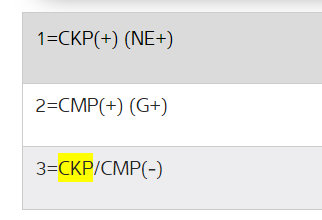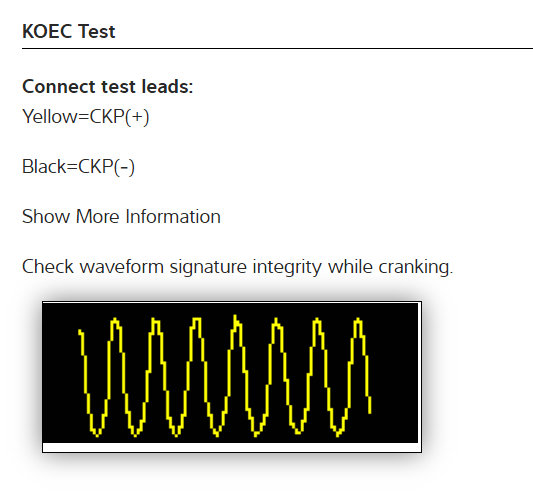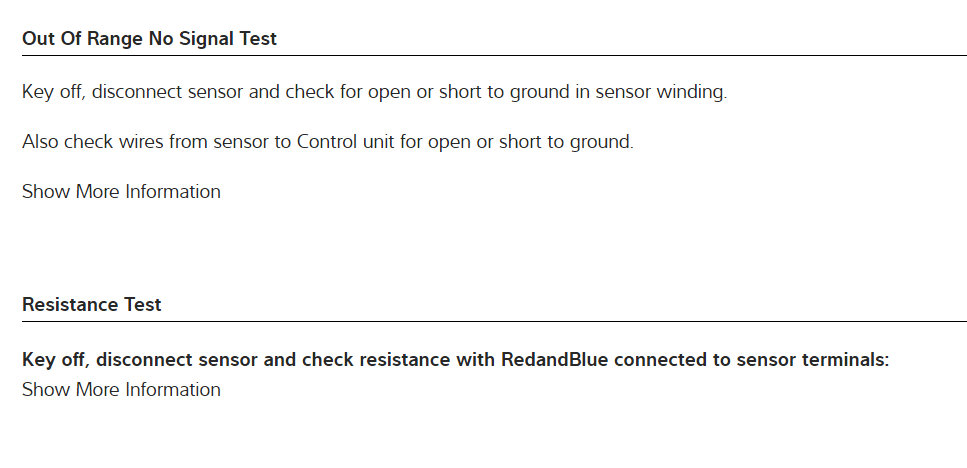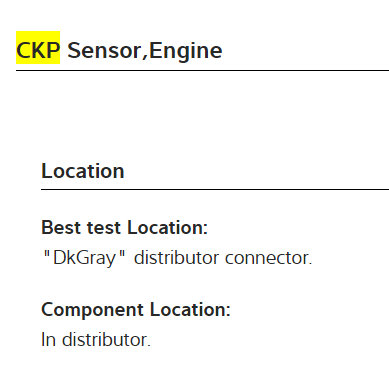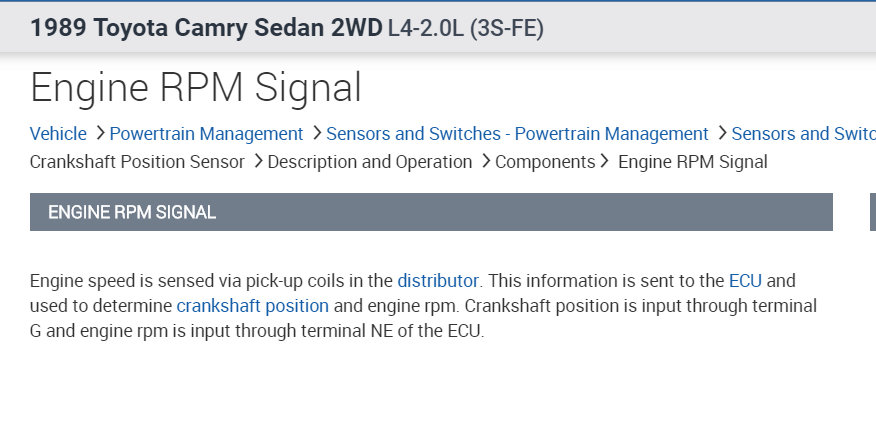• No spark
• I tested the distributor and it is good (99% sure).
• I tested the plug wires and they were real low in resistance. So replaced (came with new distributor cap).
• Tested a set of known operating spark plugs onto my car, didn't change anything.
• Changed the igniter (for free atjunk.Y, got 2).
• Battery is good like new.
• Had the starter tested, good/passed.
• I have fuel pressure.
Now back to the distributor, these are the results of testing:
• Primary resistance of ignition coil =.6 ohms (not 100% sure if this is out of spec or oayk, for 3SFE engine spec is.38 -.46 ohms.)
• Secondary coil resistance = 8.93k ohms (spec for 3SFE is 7.7 - 10.4k ohms).
• Ignition coil + terminal to ground = is 0v, 40.7 ohms, 40 continuity.
• Harness connector for the top terminal of the distributor is 11.92v (black/orange wire, ign. On).
• Top terminal on distributor =.01v both wires.
•.07v for all wires on harness connector for the right terminal on distributor (ign on).
• Resistance of pick up coil is in spec (140-180ohms).
• Power for igniter harness connector = 11.93v (bla/ora wire, ign on) & 5.06v red/whi wire.
• When installing the distributor housing I aligned the line on the housing with the cutout on the bearing cap and set the crank to TDC by lining up the notch on the pulley to 0°.
I've been going through alot of forums and I've seen some potential causes but not sure of, such as: EFI main relay, ECU, ignition switch, ignition fuse.
Search terms: 1987 1988 1990 1991 1987-1991 87 88 89 90 91 87-91 cranks washed engine now won't start.
Monday, April 8th, 2019 AT 10:37 PM
